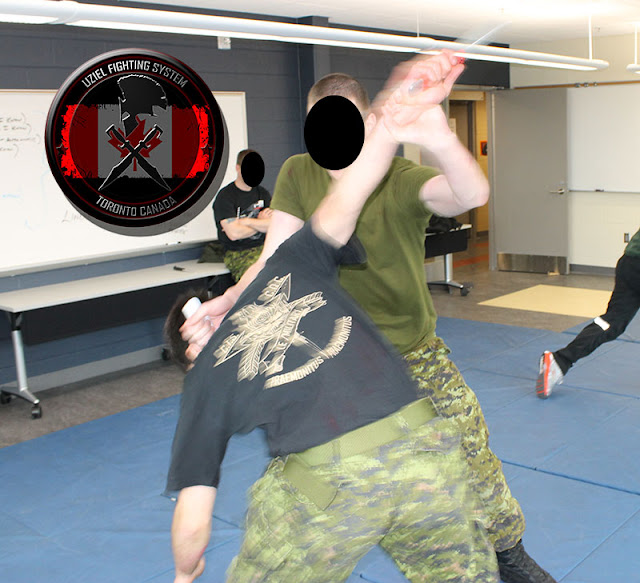Military Training (Establishing
your “Buy In”)
Author: Odhinn Kohout
Teaching Military personnel CQC particularly those that have been previously
deployed can be a very rewarding experience provided that you have done your
homework prior to the class…
A few tips that will keep you on track with your group of
Soldiers are:
. Find out as much information about the Unit that you are
training I.E. What their role specifically entails and current ROEs (Rules of
Engagement). A RECCE group will have different needs than combat medics so
tailor your approach to what THEY want to learn.
.How much kit do they wear which will tell you how much
mobility they have.
.Get feedback from them throughout your course and remain
open to any concerns that they have or changes to your syllabus.
.Watch for safety issues because form my own experience they
will go harder than other groups that you will train and the last thing you
want is one of them injured as a result of attending your class. (Don’t expect
to be invited back again if this happens)
.Your tactics will need to encompass 4 distinctive
categories. Carbine, Pistol, Knife and empty hands. The ability to transition
to less lethal to lethal force is essential.
.Weapon retention cannot be overlooked as part of good
combatives training.
.There will be many SMEs (Subject Matter Experts) in your
class on a variety of topics who will bring a wealth of knowledge to the group.
Don’t be afraid to call upon them and get them to share their experiences that are
connected to the topic.
.If you have a good Instructor to student ratio, then break
the class into groups so that they can be observed and tested on the curriculum.
Retention is paramount to ensure proper cognitive function under stress.
.Know their current CQC program so that your material can be
ADDED to it and don’t go in with the idea of REPLACING their training with your
techniques. You will not make any friends with their Instructors by
disrespecting their program.
.If you are teaching any ground-combatives stay far away…from
the fancy stuff. I can’t stress this enough. Soldiers will think that you have
no clue what their job is all about if
you try and teach fancy (MMA) style of ground-fighting.
. Focus on Gross motor-skills and not fine or complex
manipulations.
Train Hard Guys!




